Keep Tools Rust-Free
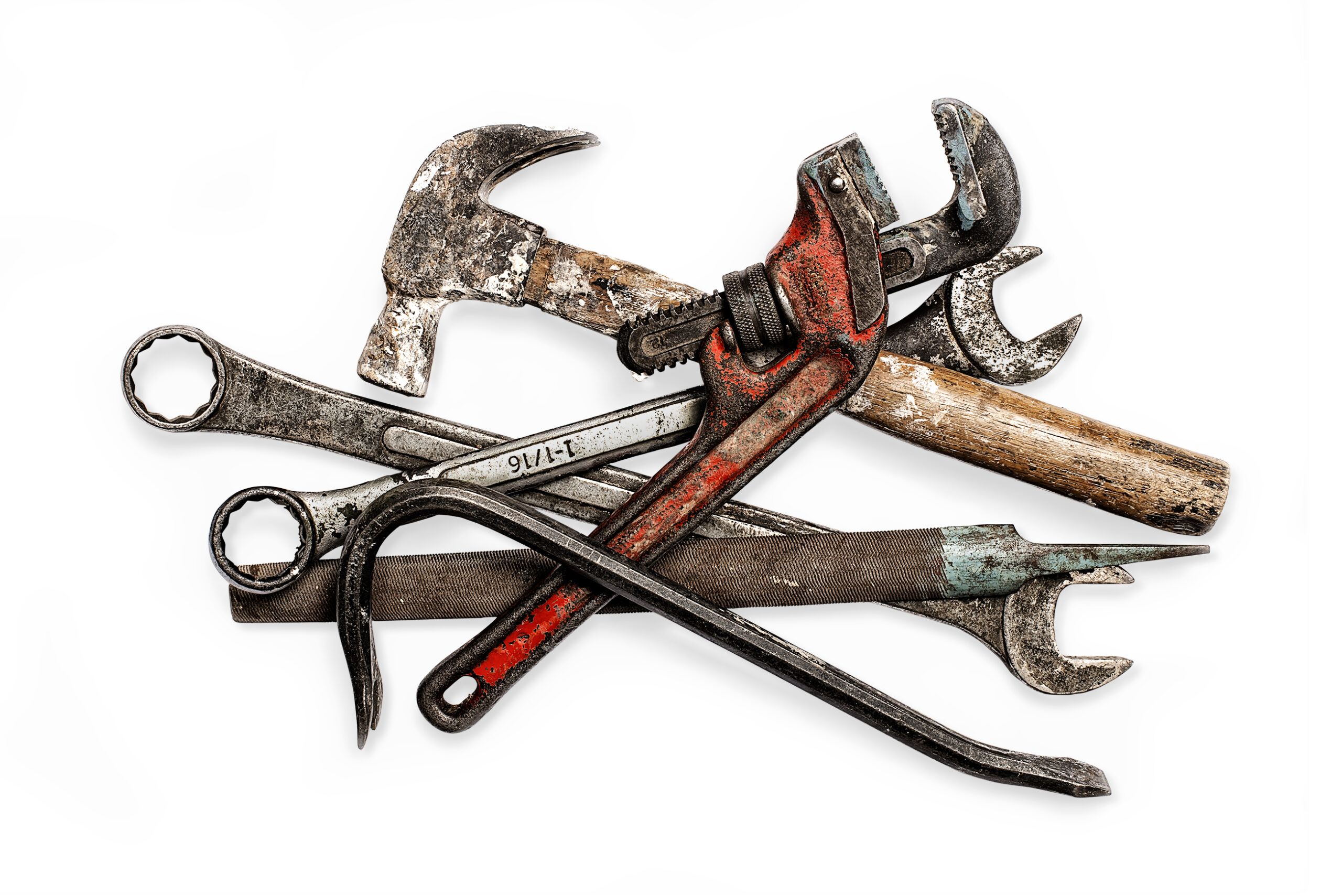
Slip a few pieces of chalk into your toolbox to absorb moisture and head off oxidation.
Wash Your Home’s Exterior
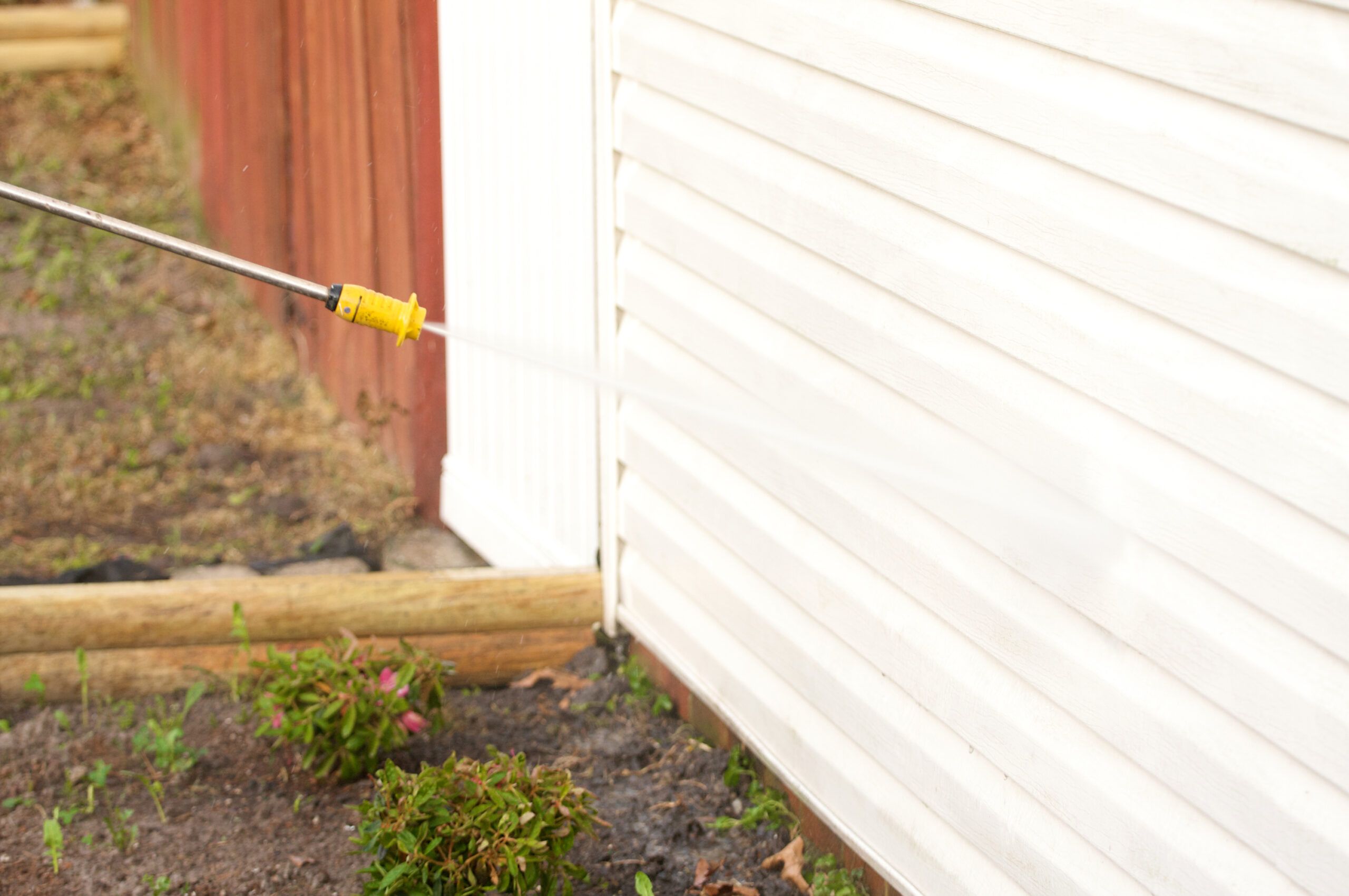
Use a hose to clear siding of winter gunk, spraying at a downward angle along siding laps.
Tune Up the Lawn Mower
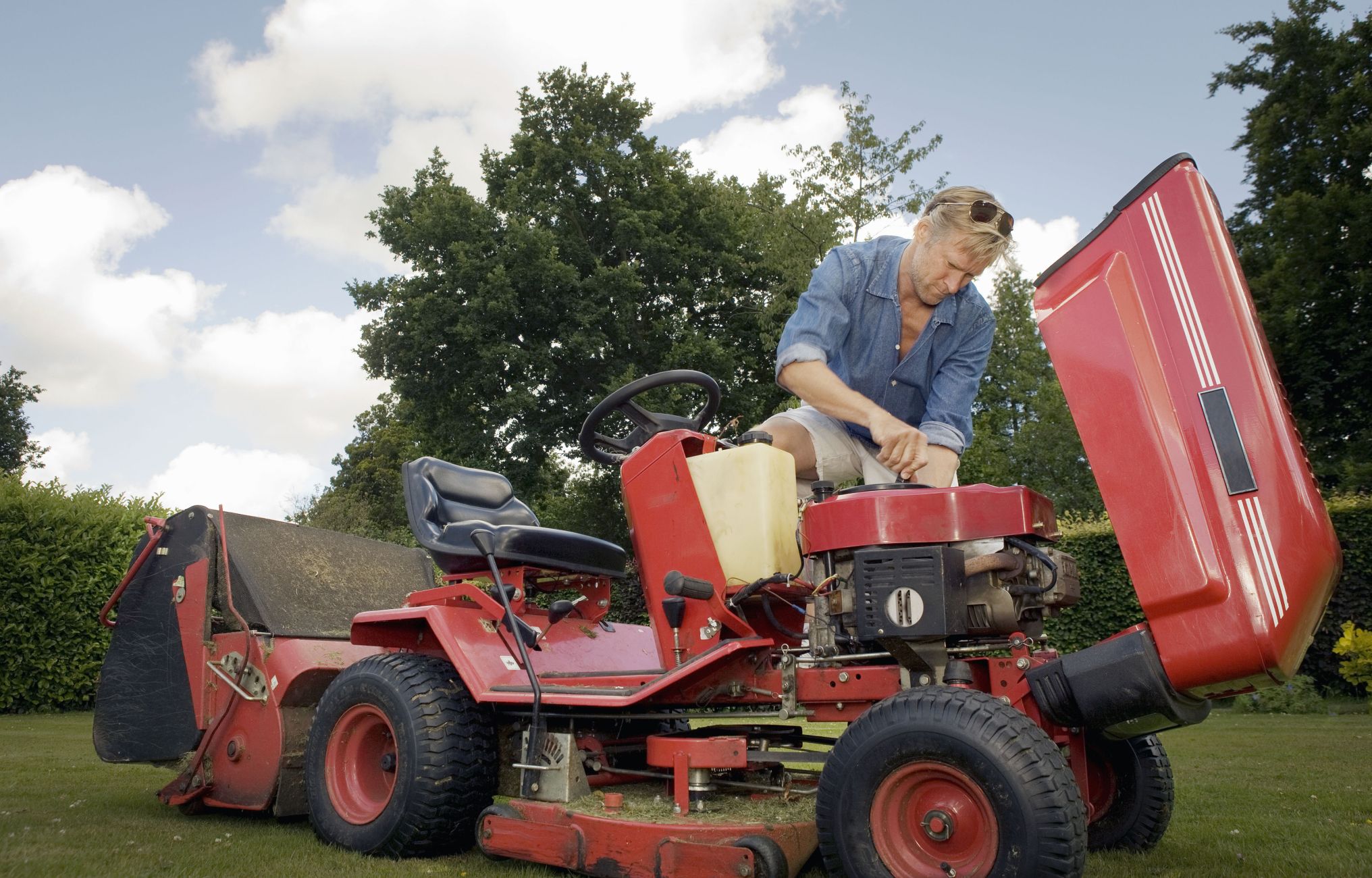
Start the season with new air and fuel filters and a fresh spark plug, then change the oil and add a fuel stabilizer. In electric models, clean the air vent.
Clean Up Cabinetry
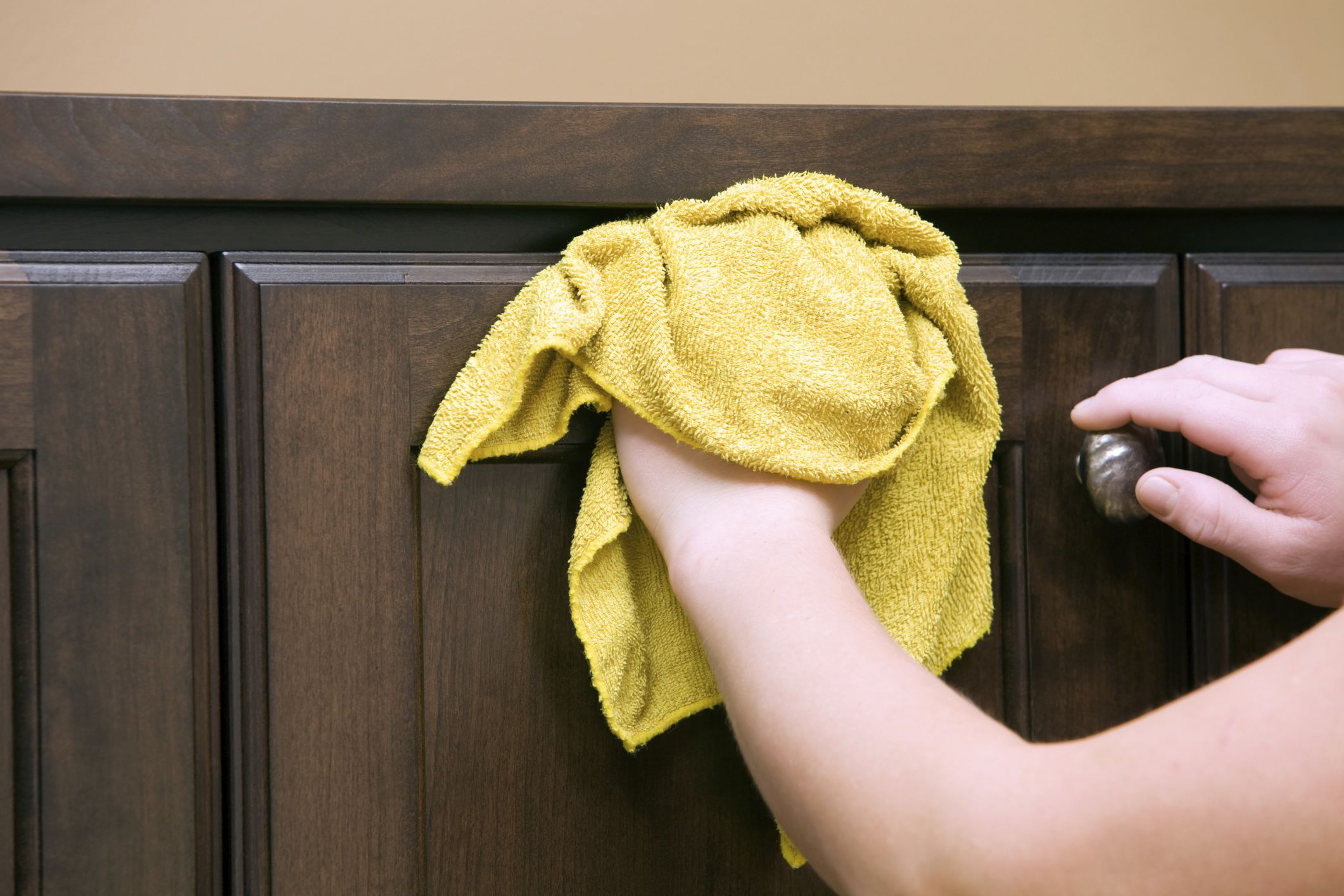
De-grime wood cabinets by wiping them down with an oil-soap cleanser on a slightly damp rag. Dry immediately with a soft cloth.
Tighten Deck Rails

Secure wobbly wood railing posts by drilling inch carriage bolts through the tops and bottoms, straight into the framing.
Test GFCIs
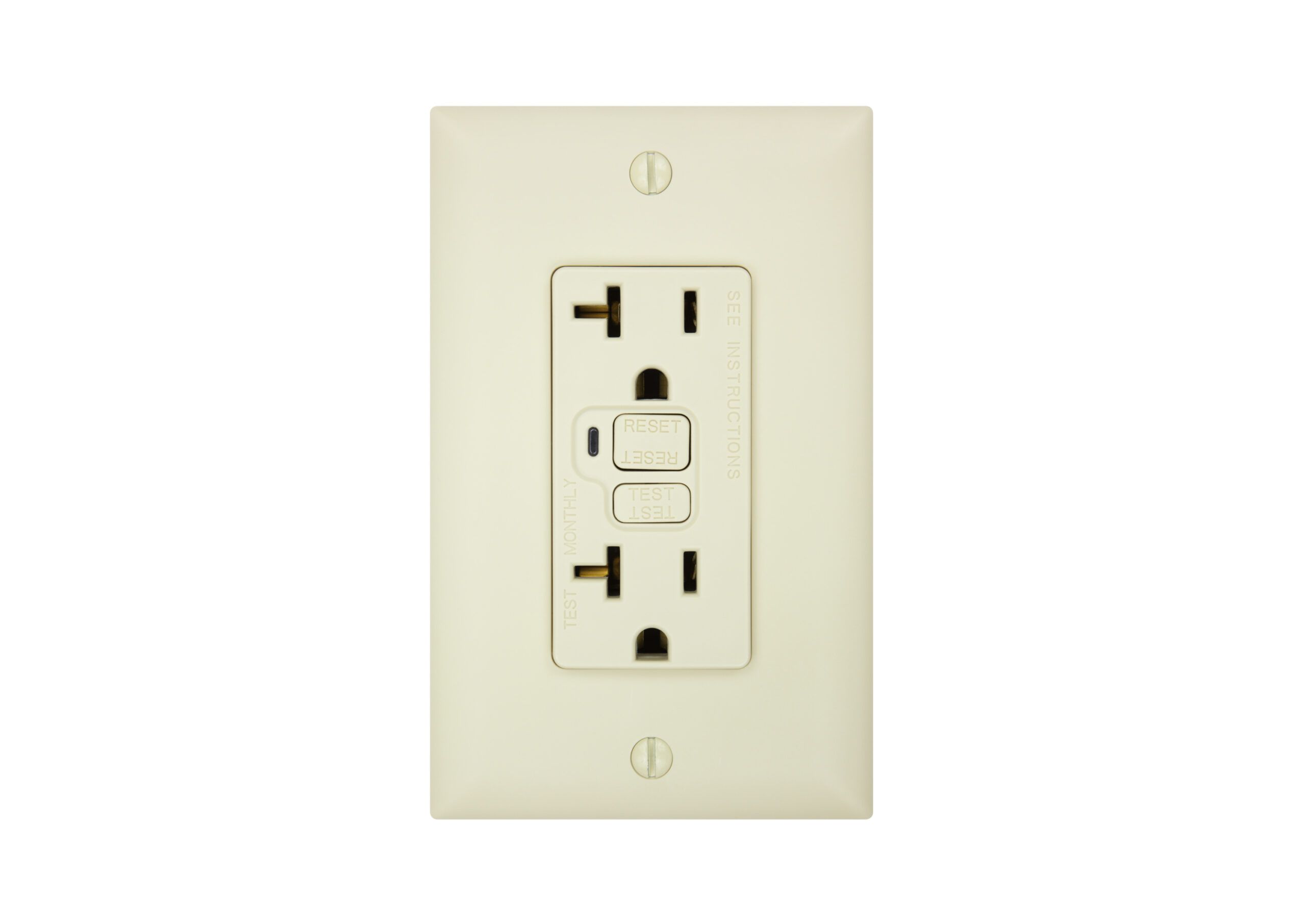
Plug in a switched-on lamp and hit the test button; the light should go off. If it doesn’t, the GFCI may need replacing. To restore power to a functioning GFCI, press the reset button.
Shred Old Documents
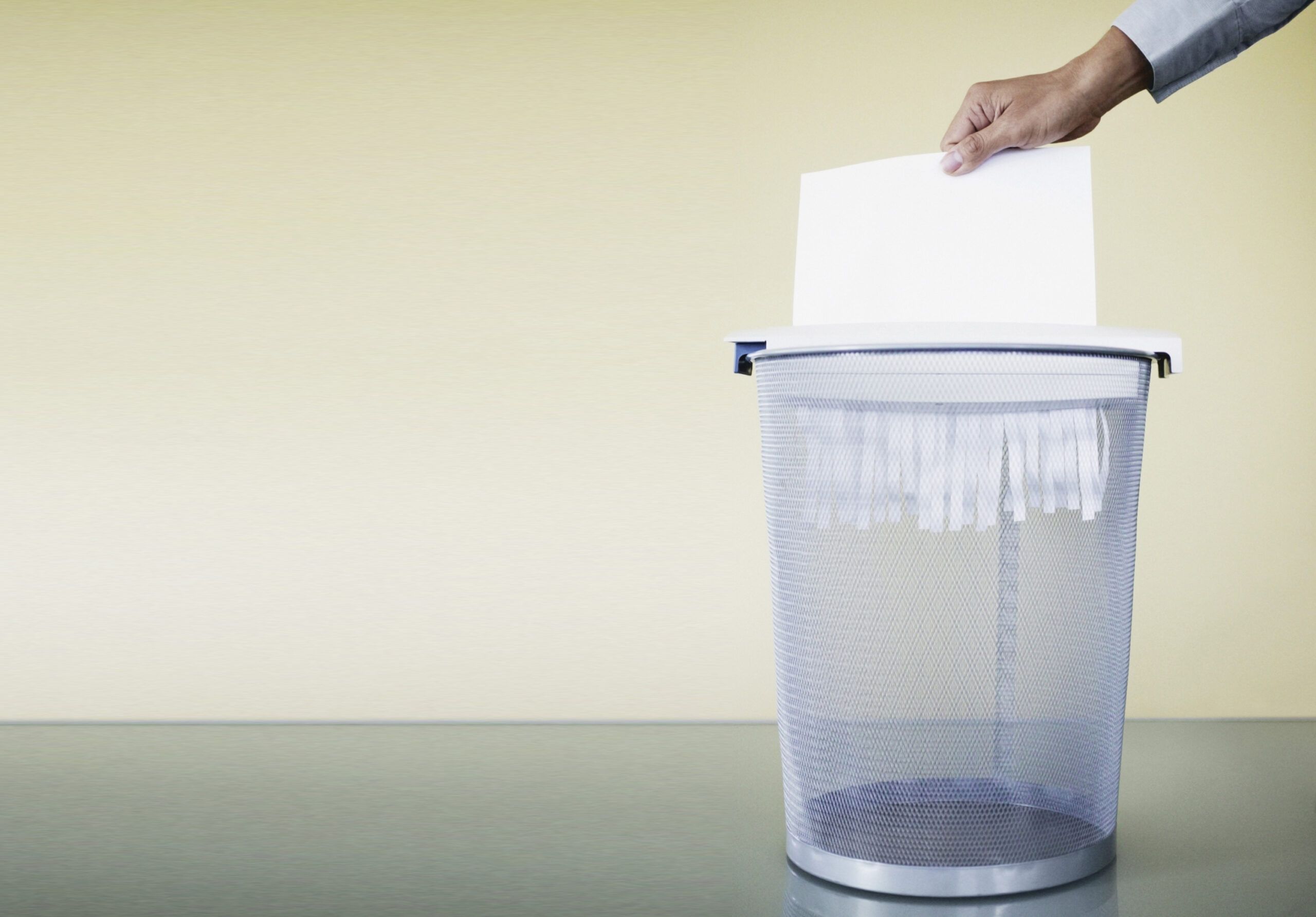
Keep the spring-cleaning momentum going by eliminating paper clutter—and protecting yourself from identity theft. Since shredding paper reduces its recycling status from high grade to mixed grade, it may not be recyclable; check with your municipality. If it isn’t, save clippings to use as packing material or for the compost pile.
Keep Pollen Off Pets

If you’re an allergy sufferer, take special care to prevent your pets from tracking in dust and pollen. Long hair traps more pollen, so keep dogs’ coats short if possible, and clean their feet with damp paper towels or pet-safe wipes. When you vacuum, make sure to use a HEPA filter, which ensures you’re not releasing allergens back into the air.
Protect Cookware
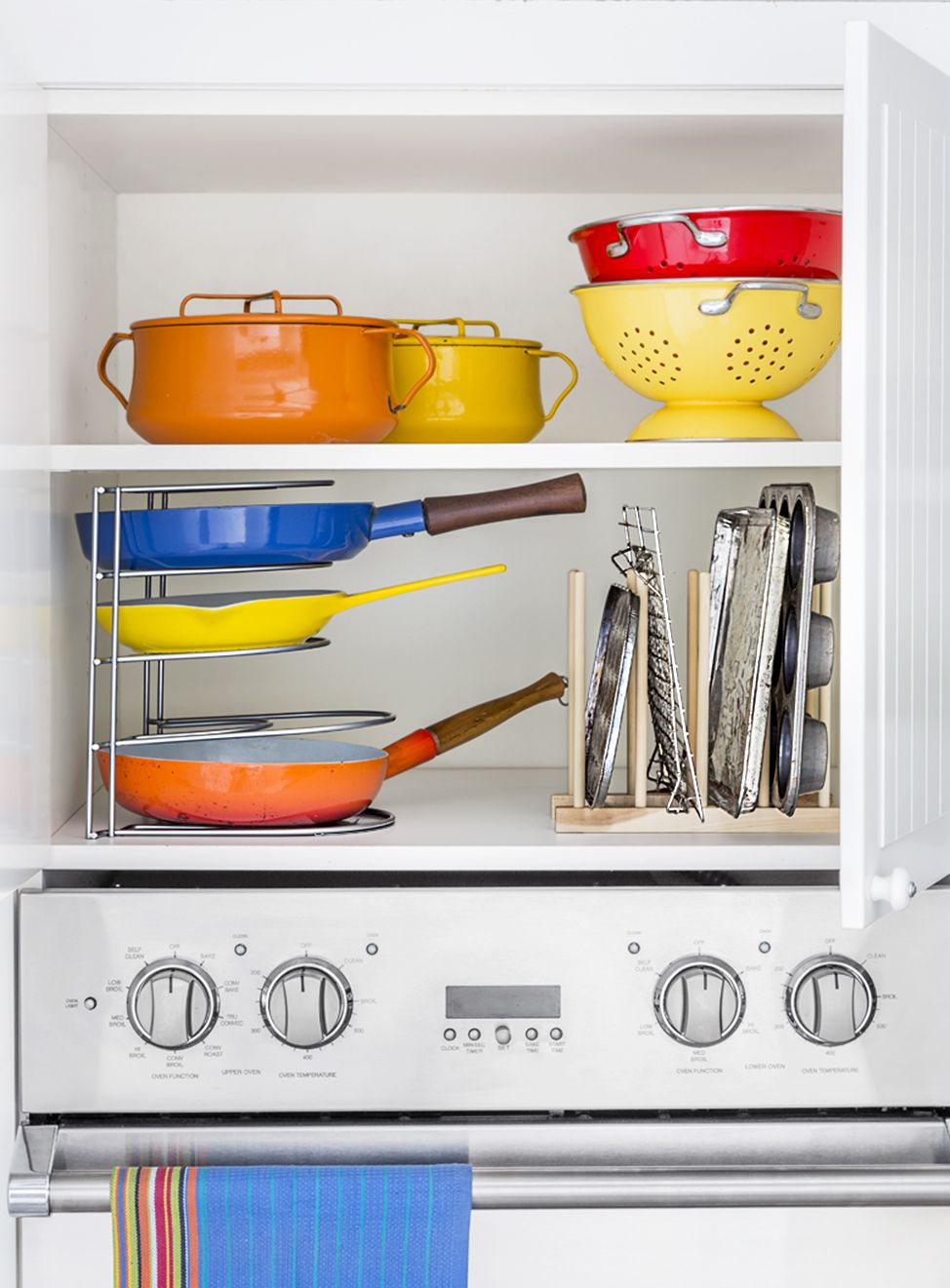
Stacking nonstick pans can damage their coating, and while stainless-steel pans are more scratch-resistant, their handles can come loose if they’re piled on top of one another. To protect your cookware—and keep it organized, to boot—install a hanging pot rack over an island or on an empty wall, or place freestanding pan racks inside cabinets.
Donate Old DIY Materials
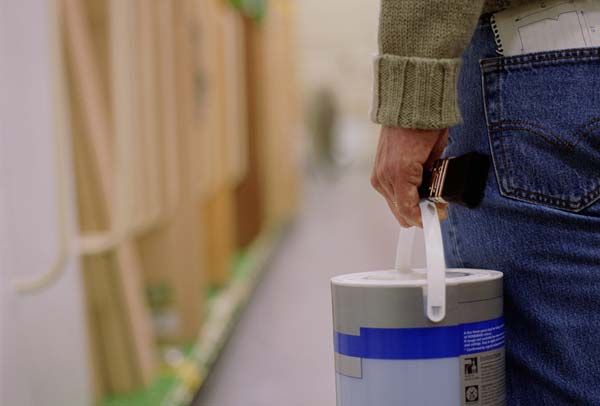
Take spare supplies to a local recycling center, such as Habitat for Humanity ReStores, to make room for this season’s project materials.
Water Plants Effectively
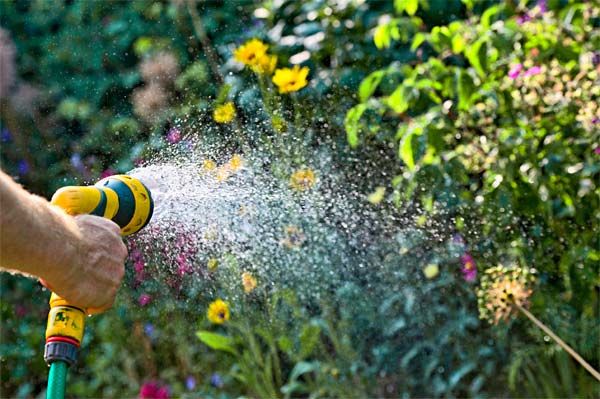
Water evaporates faster in the hot afternoon, so morning soaks are better—plus, cooler temps mean less chance of fungal disease.
Inspect Outlets
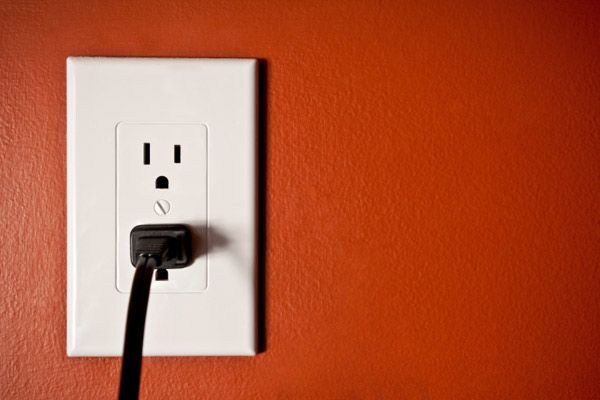
Ensure that none are warm to the touch, discolored, or buzzing. If an outlet seems suspect, stop using it and call in an electrician right away.
Service Sliding Doors
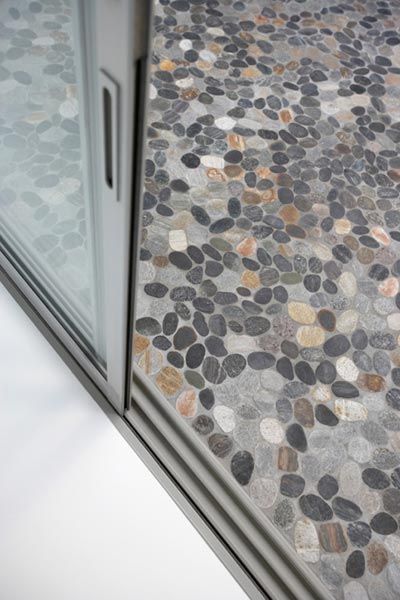
They’ll glide more easily with a quick vacuuming. Use a toothbrush to clear weep holes of any remaining dirt.
Shine up Stainless Steel

Wipe surfaces in the direction of the grain with a soft cloth dipped in white vinegar, then buff with a dry cloth.
Replace your Fridge’s Water Filter
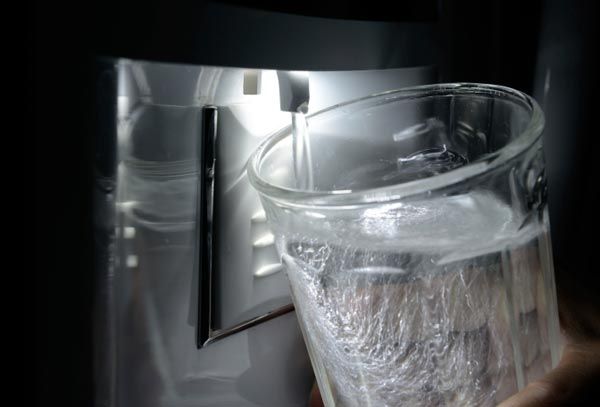
It loses effectiveness over time, so be sure to swap it out twice yearly for better-tasting H2O.
Move Houseplants Outside
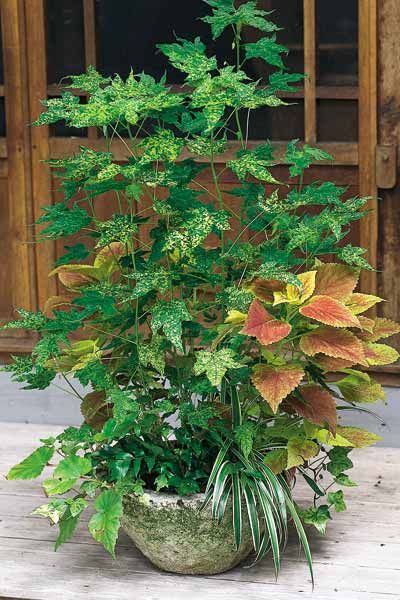
After the last frost, and once nighttime temps reach 50 degrees F, it’s safe to start gradually acclimating plants to the outdoors over a period of a few weeks.
Refresh Old Paintbrushes
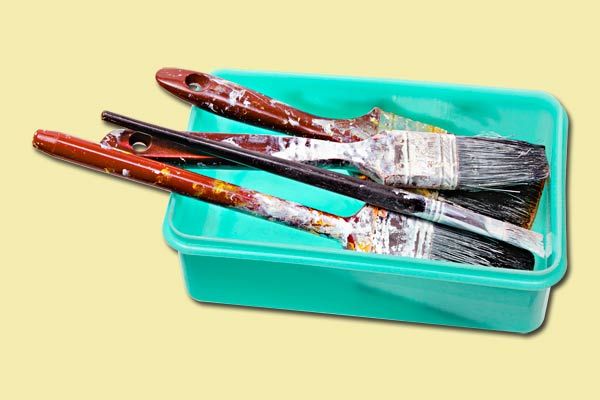
Clean off dried paint by soaking brushes in hot white vinegar, then washing them in warm, soapy water.
Shield Wood Floors From Sun

Prevent uneven floor fading by repositioning furniture and area rugs.
Summer-Proof Your Grass
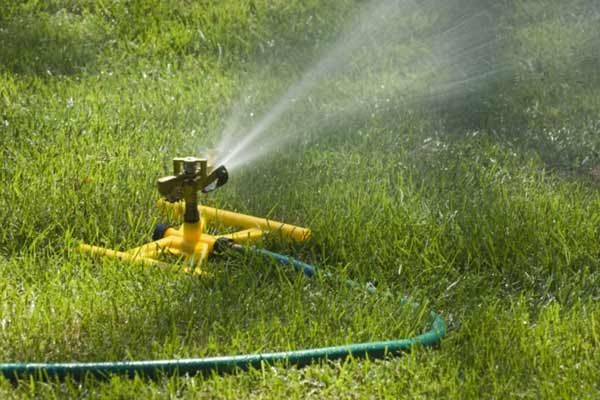
Giving your lawn a deep watering once a week encourages strong root growth that will help grass withstand summer droughts.
Touch Up Exterior Paint

Before heat and humidity set in, refresh peeling or scuffed paint on your trim or front door.
Check Your Fridge’s Seal

Grime can interfere with a tight seal, so make sure to clean the gasket regularly with a damp sponge. Test the seal by closing the fridge on a dollar bill, then trying to pull it out. If the bill slides out easily, it may be time to order a replacement seal from the manufacturer.

